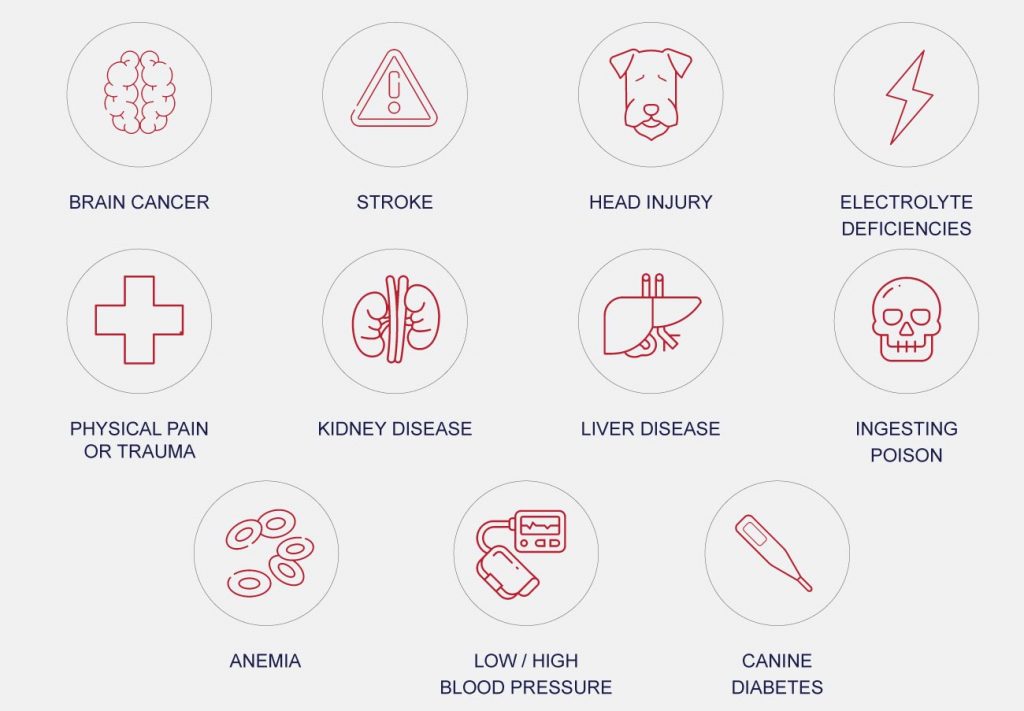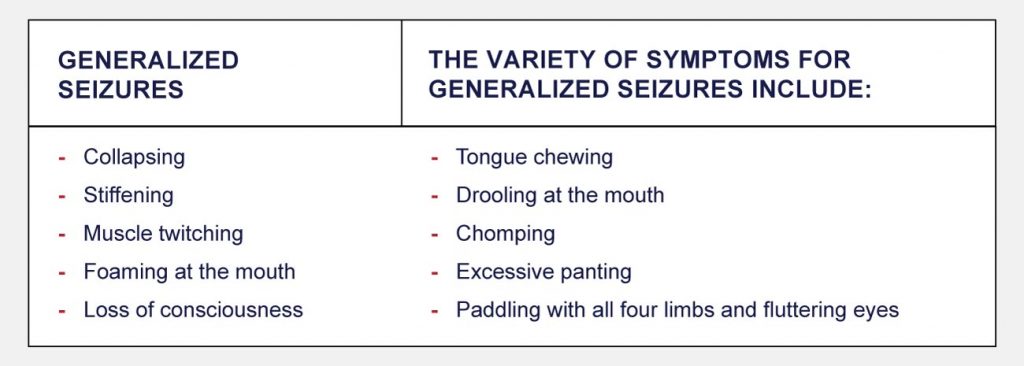HEALTH & WELLNESS

TRENDING

SIGN UP and Start Receiving
Our Monthly Newsletter,
The Chronicles
An Overview: Epilepsy & Seizures in Dogs

OVERVIEW
Seizure disorders in dogs are common and there are many causes which can include birth defects, metabolic defects, infections, a brain abscess, toxins or vascular disorders such as strokes and high blood pressure.
Perhaps the best-known cause of seizures in dogs is idiopathic epilepsy, which is probably caused by either a genetic mutation, a microscopic brain malformation or possibly a birth injury.
Epilepsy is a disorder of recurring bouts of uncoordinated firing of the neurons within the brain. These episodes are called seizures and occasionally are referred to as convulsions or ‘fits.’
Why neurons do not function normally is not understood. One explanation is that certain substances called neurotransmitters are not in the proper chemical balance, so the nerves do not behave in the normal coordinated fashion.
TYPES OF EPILEPSY IN DOGS
Epilepsy can be broadly categorized into two types:
- primary (or idiopathic)
- secondary (or symptomatic)
Primary epilepsy: also known as idiopathic (unknown cause), genetic, inherited, or true epilepsy. Most dogs that are diagnozed with epilepsy have primary epilepsy, where no underlying cause for the seizures is found. These dogs will be healthy and completely normal in all other respects.
Breeds most prone to idiopathic epilepsy include the:
- Beagle
- Boxer
- Keeshond
- Belgian Tervuren
- Golden & Labrador Retriever
- Dachshunds
- Vizsla
- Shetland Sheepdog
- German Shepherds
- Poodle
- English Springer Spaniel
- Irish Setter
Secondary epilepsy: refers to seizures for which a cause can be determined, and there are a variety which may include:

TYPES OF EPILEPTIC SEIZURES IN DOGS
Based on the type of behaviour and brain activity, seizures are divided into two broad categories:
- generalized
- focal (also called partial or local)
Some dogs have more than one type of seizure, and not all seizures involve convulsions. Most epileptic fits usually happen quite suddenly without warning, last a short time (often only a few seconds or minutes) and stop by themselves.

Focal (partial or local) seizures
These only occur in one half of the brain and within a particular region. How these types of seizures present themselves depends upon where in the brain the abnormal electrical activity started, and the function of that part of the brain.

Focal (partial or local) seizure changing into a generalized seizure
A focal (partial or local) seizure can change into a generalized seizure. This is the most common seizure type observed in dogs. The focal seizure is often very short (a few seconds to minutes) and the generalized seizure follows rapidly.
The focal seizure may be difficult to detect due to its brief nature and it is important to tell your vet what happened before convulsions started, to help them determine what type of seizure your dog is having.
Treatment of seizure disorders is dependent on the diagnosis. Fortunately, the prognosis is good for most dogs.
WHAT TO DO DURING AN EPILEPTIC SEIZURE
Firstly, whether you start noticing the signs, or realize your dog is already having a seizure, stay calm. Next do the following:











